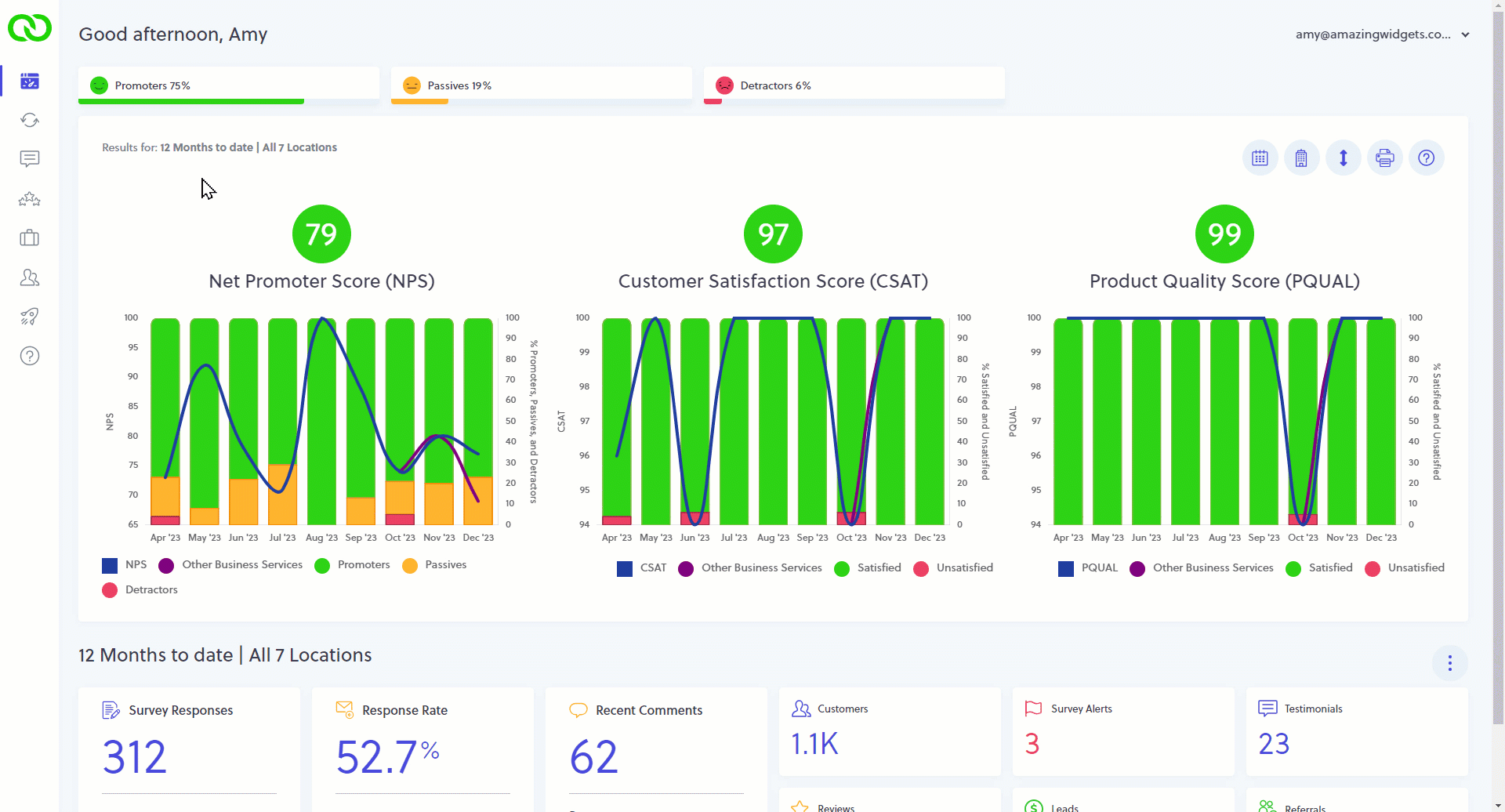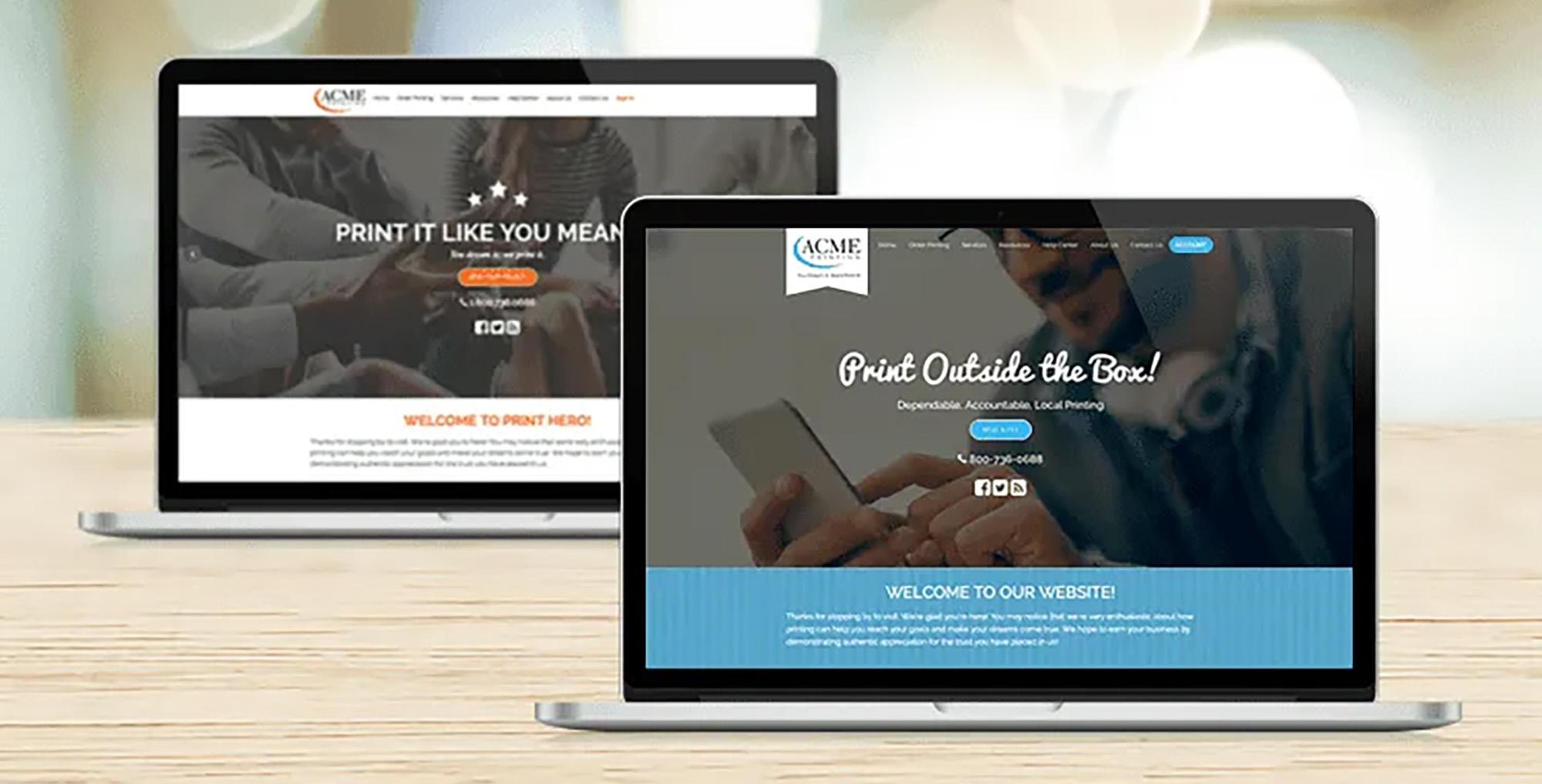April 2024
New Integration for InfoFlo Print

Are you running your business on InfoFlo Print? Now you can automate your feedback and review process with the LoyaltyLoop-InfoFlo Print integration, and it's FREE! Using the Add-On provides a new level of simplicity to gather customer feedback following an InfoFlo Print shipment or sale.
New Integration for Field Routes

If you have a pest control, lawn or pool services company running FieldRoutes, it's never been easier to automatically engage customers for feedback and reviews. Our new Integration Add-On for FieldRoutes adds $0 (FREE!) to your LoyaltyLoop subscription yet automates your feedback and review process.

Using the Testimonial Publisher feature in LoyaltyLoop is a powerful way to promote why customers love working with you and your business. It only takes seconds to publish your testimonials to your website or social channels. But did you realize you can edit your testimonials? With the power to edit comes great responsibility. In this post we'll discuss the use cases when you may want to edit testimonials, and the pitfall of abusing this power.

In the prior posts covering our latest whitepaper, "Leveraging Net Promoter Score in Your Business", we have covered the history of customer loyalty surveys, how the industry came to use NPS, and what NPS is. Now it is time to calculate it!

If your print business is using a website from the team at Marketing Ideas for Printers (MI4P) you will love how easy it is to engage your web order customers for feedback and publish your LoyaltyLoop testimonials. LoyaltyLoop is the perfect customer experience and review platform for printers and our friends at MI4P make it easy to share your customer experience success and the voice of your customers!